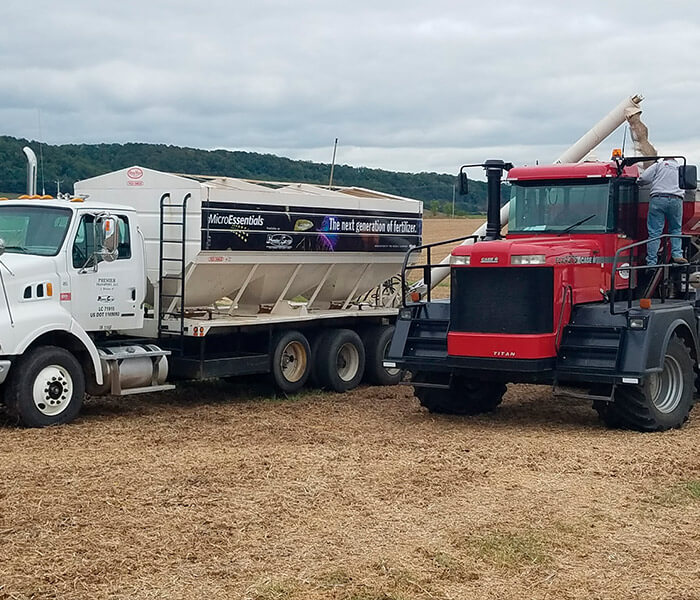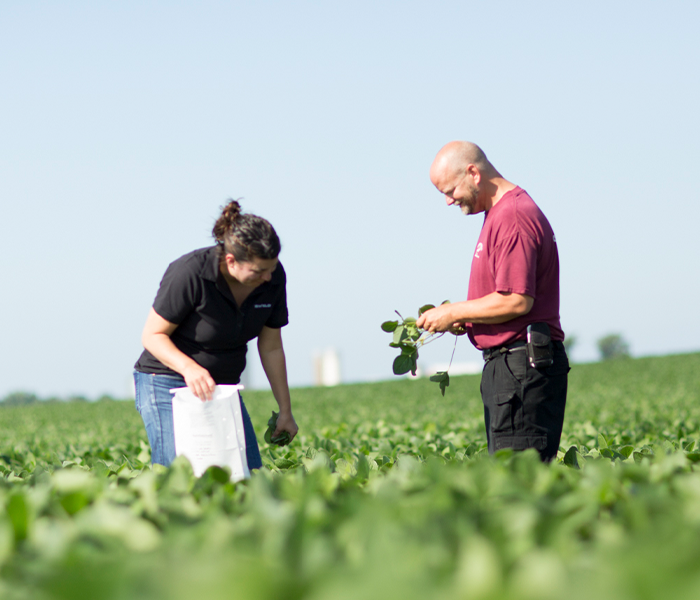Should you consider long day lighting?
Photoperiod is the duration of daily light exposure in a 24 hour period. When the photoperiod has been manipulated to 16-18 hours of light exposure; research has shown an increase in milk production, feed efficiency, reproduction, and heifer growth.
Lactating cows that have had their photoperiod extended to 16 hours of 15-20 candle foot of light have shown an increase of 3.7 pounds of milk in the first 10 days of milk. After 20 days in milk, the group with the extended photoperiod saw an increase of 6.8 pounds of milk compared to the control group with 10-11 hours of light. Even though dry matter intake increased with long day lighting, average daily gain saw no increase. The lack of difference in gain suggests that extended photoperiod cows are more feed efficient.
In pre-puberty heifers, the heifers in the long day lighting group had leaner growth, greater mammary development and lower age to puberty by one month on average, compared to the short day lighting group. The long day lighting heifers also had higher milk production throughout the first 5 DHIA (Dairy Herd Improvement Association) tests.
While long day lighting is mostly beneficial, there may be some downsides. Photoperiod can also affect reproductive performance. Dairy herds that were provided 24 hours of light to cattle saw negative results. Providing 24 hours of light resulted in longer days between breedings, more days open and more breedings per cow.
Dry cows have shown an opposite response when provided with extended photoperiods. Dry cows with short day lighting had higher milk production, milk fat and protein. One study showed an increase in milk production by 6.8 pounds compared to long day lighting dry cows.
Overall, increasing your lighting in barns can help increase milk production, improve heifer growth and feed efficiency. Besides benefiting your cows, more lighting also helps provide a more enjoyable, productive and safe working environment. Contact your Premier nutritionist today if you have more questions on long day lighting and how it can benefit your herd.

Jeff Ehlers
Purina Animal Nutrition




